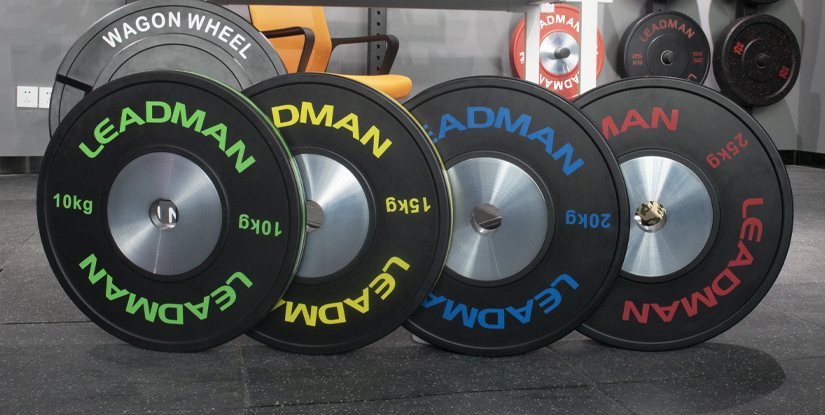How to Make a Weight Training Plan

Framework and Goals: Establishing a Solid Foundation
A robust weight training plan begins with a clear framework that aligns goals, timeline, and measurable outcomes. Too often lifters jump into routines without defining success criteria, which makes progress hard to track and adjust. The foundation consists of goal setting, baseline assessment, and a data-driven approach to progression. Within this section you will learn how to articulate goals using SMART criteria, design a measurement plan, and establish a data-tracking habit that informs every subsequent programming decision. Practical goal setting translates into concrete weekly targets, such as improving squat loading, increasing training volume, or reducing body fat while preserving lean mass. An effective plan also accounts for real constraints like time, access to equipment, and recovery capacity, ensuring sustainability over 8 to 12 weeks and beyond. Establishing a baseline is essential. Baseline data include strength benchmarks, movement quality screens, and recovery indicators. You will learn to capture objective metrics (repetition maximum estimates or 1RM estimates for core lifts), body composition data, and subjective indicators such as perceived exertion and mood. This data enables precise progression and helps detect early warning signs of overtraining or technique degradation. A practical approach uses a two-step process: first, a one page SMART goal statement; second, a baseline assessment kit that can be completed in a single session. A disciplined data workflow translates into reliable progression rules and fewer stalls.
Clarify objectives, timelines, and success metrics
Begin by identifying primary and secondary goals. Examples include increasing maximum strength on squat and bench by 10 to 15% over 12 weeks, gaining 1 to 2 kg of lean mass, or improving muscular endurance for conditioning work. Attach a realistic timeline and define 2–3 success metrics for each goal. Metrics can be objective (1RM estimates, load progression, body measurements) or functional (timed drills, vertical jump, sprint times). Document a primary metric that captures the core objective and a secondary metric to monitor body composition or technique quality. A practical template is a goal sheet that lists goal, baseline value, target value, assessment date, and responsible actions. Execute weekly reviews to verify progress and adjust if a target is consistently unmet.
Practical tips:
- Set a 8–12 week horizon with monthly milestones to maintain momentum.
- Choose 2–3 core lifts as anchors for progression (squat, hinge, push, pull).
- Schedule regular check-ins and integrate feedback loops into the plan.
Baseline assessment, measurement plan, and data tracking
Baseline assessment anchors are your starting line. Perform a focused battery of tests that mirror common targets: squat and hinge strength estimates, pushing and pulling capacity, and upper body or trunk endurance. Use conservative estimates (eg, a 5–8RM estimate if 1RM testing feels risky) to reduce injury risk. Record movement quality indicators such as thoracic spine extension, hip hinge mechanics, and shoulder tracking. Capture anthropometrics (weights, circumference measurements) and a simple wellness score (sleep, perceived stress, appetite). Your measurement plan should include frequency and method. A practical cadence is:
- Strength benchmarks every 4–6 weeks
- Technique and movement screens every training cycle
- Weekly session notes including sets, reps, loads, RPE, and any pain or discomfort

